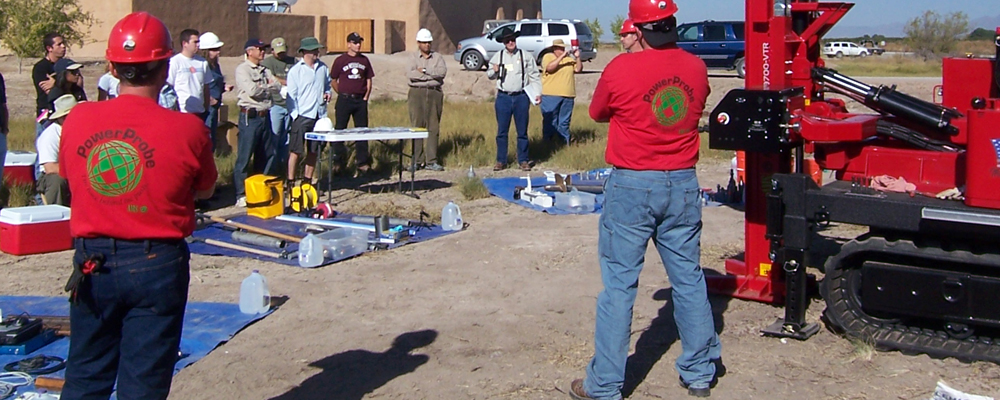The reason that many environmental sampling programs are implemented is that you are working at sites where some type(s) of waste(s) or hazardous materials have been used or managed over some period of the site’s operational life. Some of the waste management units we encounter at these sites have been well engineered and managed, and some not. There are many different kinds of waste management units that fall under a wide range of local, state and federal regulatory programs. Consequently, it is important to develop an understanding of how waste materials are released into the environment by these various waste management units, to enable development of the best sampling strategies for characterizing the waste materials in storage (or released to the environment), and for sampling the environmental media impacted by the release. This series of two modules provides a comprehensive look at waste sampling from start to finish. The first module examines how releases of waste materials occur, why waste sampling is important, and special health and safety considerations that need to be addressed for sampling hazardous materials. This module also provides in-depth discussions of how to design an effective sampling strategy and how to select appropriate sampling devices for drums, tanks and other containers (including rolloffs). The second module provides a similar discussion for developing sampling strategies and selecting appropriate sampling devices for landfills and dumps; waste piles and stockpiles; and lagoons, basins, pits and surface impoundments. In addition, artifactual sampling is discussed for situations where building materials may need to be sampled as part of a site investigation or closure. You may opt to take just one of the modules, but it is strongly recommended that you take both modules in the prescribed order if you want comprehensive coverage of the subject.
Module ES-31 (Total Length: 56 minutes) Price: $159.00 Sign In To Your E-School Account to Register
Waste Sampling Strategies and Methods -- Planning a Waste Sampling Program; Sampling Strategies and Devices for Drums, Tanks and Other Containers
- Short-Term Releases vs. Long-Term Releases to the Environment – Why Understanding How a Contaminant Was Released to the Environmental is Critical in Developing a Sampling Plan
- Common Objectives of Waste Sampling
- Special Planning Issues for Waste Sampling
- Special Health & Safety Considerations
- Sampling Device Selection Criteria – Why Perspectives Change for Waste Sampling
- Sampling Device Options for Liquid Samples
- Sampling Device Options for Solid Materials
- Types of Waste Management Units That May Require Sampling
- Drum, Tank, Container and Dumpster/Roll-Off Sampling Strategies and Precautions
- Advantages and Limitations of Drum Sampling Devices for Liquids and Solids
Module ES-32 (Total Length: 40 minutes) Price: $159 Sign in to Your E-School Account to Register
Waste Sampling Strategies and Methods -- Sampling Strategies and Devices for Dumps and Landfills; Stockpiles and Waste Piles; Lagoons, Basins and Pits; Artifactual Sampling
- Media Typically Impacted by Dumps and Landfills
- Methods for Accessing Leachate for Sampling
- Devices for Sampling Leachate
- Selecting Locations for Leachate Sampling
- Stockpiles vs. Waste Piles – Why it is Important to Understand How the Pile Was Created
- Media Potentially Impacted by Stockpile or Waste Pile Operations
- Sampling Strategies and Devices for Stockpiles and Waste Piles
- Precautions for Working on or Around Stockpiles or Waste Piles
- Understanding How Lagoons, Basins, Pits and Surface Impoundments are Used at Sites and Why Engineering Design Information is Important in Developing a Sampling Strategy
- Media Impacted by Operation of Surface Impoundments
- Sampling Strategies and Devices for Surface Impoundments
- Understanding What is Meant by Artifactual Sampling
- Objectives of Artifactual Sampling
- Sampling Strategies for Surface Contaminants vs. Penetrating Contaminants
- Unique Sampling Methods and Devices Used for Artifactual Sampling
Total CEUs for Module ES-31: 1 CEU
Total CEUs for Module ES-32: 1 CEU











